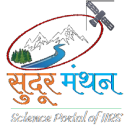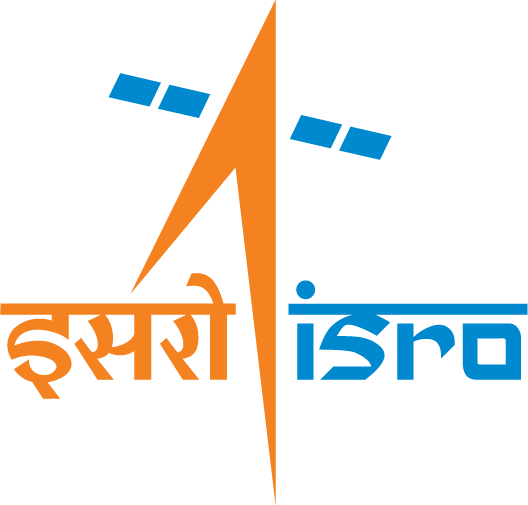Soil erosion is a major land degradation problem and poses serious environmental and socio-economic crisis worldwide. The Himalayan hills and mountains are very fragile and being threatened by land degradation caused by soil erosion by water that poses serious challenges to the soil ecosystem services and sustainability of natural resources. Reliable estimate of long-term soil erosion rate of various land use/land cover types is necessitated to suggest suitable conservation measures for managing the natural resources. Conducting experiments with conventional methods such as erosion plots or gauging runoff and sediment at watershed level are not feasible in these steep sloping rugged terrain with complex topography under large variation of land use/land cover types.

Our study introduces a novel approach to soil erosion assessment in the Himalayas by integrating 137Cs analysis with remote sensing and GIS methods. Fallout Radionuclides (FRNs) 137Cs provide a unique potential for reliable measurement of long-term soil erosion in hilly and mountainous landscape. Intensive soil sampling and sampling density are required to adequately represent the heterogeneity of erosion processes and soil redistribution patterns within the study area. We collected more than 1000 soil samples across the Tehri dam catchment area. The analysis revealed that the Himalayas have sufficient 137Cs concentration to quantify soil erosion ranging from ≈1500 to 2000 Bq m-2. The study provides measured/estimated new soil erosion rates based on hillslope position as well as land use/land cover for the Himalayas, as measurement of soil erosion is completely lacking. By employing this advanced methodology, we aim to provide a comprehensive understanding of erosion dynamics, sediment fluxes, and landscape evolution in a region characterized by complex topography and environmental sensitivity. Understanding the complex soil erosion processes over a typical hillslope will greatly contribute to suggesting suitable soil and water conservation plans to restore soil quality and improve soil fertility in the Himalayas. To maximize the utilization of the extensive data provided by FRN, we can integrate the capabilities of RS, GIS and machine learning (ML) techniques. A thematic illustration illustrating the origin of 137Cs in the environment, the distribution of the fallen 137Cs in a typical hillslope affected by soil erosion, and the general approach employed is depicted in above figure.




